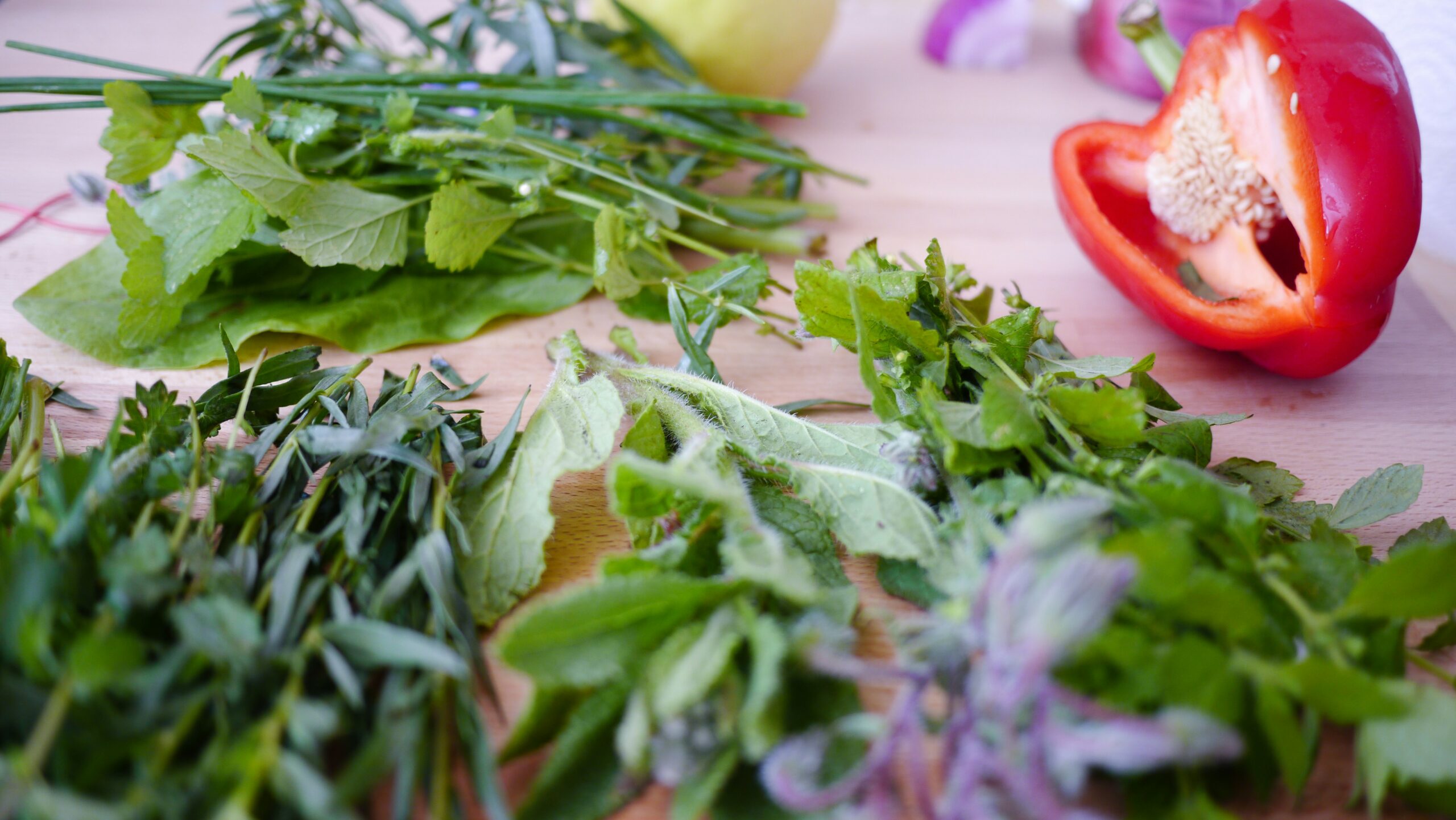

Introduction to Superfoods
Have you ever stumbled upon a vivid green smoothie, bursting with exotic ingredients, and wondered if it’s really the miracle drink everyone claims it to be? Or maybe you’ve heard buzz about a certain berry being touted as nature’s answer to vibrant health. Welcome to the world of superfoods—a realm where nutrition meets trendy marketing.
These nutrient-packed powerhouses promise everything from boosted immunity to weight loss and glowing skin. But do they truly live up to their lofty claims? As more people seek ways to enhance their well-being through diet, understanding what qualifies a food as “super” becomes essential. Let’s dive into the science behind these foods that have captured so much attention and explore whether they’re worth all the hype.
The Criteria for a Food to Be Considered a Superfood
To be labeled a superfood, a food must stand out for its exceptional nutritional profile. This typically includes high levels of vitamins, minerals, and antioxidants. Such nutrients offer powerful health benefits that can enhance well-being.
Another important criterion is scientific backing. Foods touted as superfoods should have research supporting their health claims. Without credible studies, the title becomes more marketing than fact.
Moreover, these foods often possess unique bioactive compounds that contribute to various body functions. For example, polyphenols in blueberries support heart health and help fight inflammation.
Accessibility also plays a role; true superfoods shouldn’t just be exotic or expensive items found in specialty stores. They need to be somewhat available to the general public while providing a significant boost to overall nutrition.
They should promote holistic wellness rather than merely targeting singular ailments or deficiencies.
Popular Superfoods and Their Health Benefits
Acai berries are often hailed for their antioxidant properties. Packed with vitamins and minerals, they can help fight inflammation and promote heart health.
Then there’s quinoa, a protein powerhouse. This grain-like seed is rich in amino acids, making it an excellent choice for vegetarians looking to boost their protein intake.
Kale has also earned its superfood status. Loaded with nutrients like vitamin K and calcium, this leafy green supports bone health while being low in calories.
Don’t forget about chia seeds. These tiny gems are high in omega-3 fatty acids and fiber, promoting digestive health and keeping you full longer.
Turmeric deserves mention for its active compound curcumin. Known for its anti-inflammatory effects, it may aid joint pain relief as well as bolster immune function.
The Controversy Surrounding Superfoods
Superfoods often spark heated debates among nutritionists and health enthusiasts. Critics argue that the term “superfood” is more of a marketing gimmick than a scientific classification. They claim it oversimplifies complex nutritional information.
Some experts warn against putting too much emphasis on specific foods at the expense of an overall balanced diet. Focusing solely on superfoods can lead to neglecting other essential nutrients found in less glamorous options.
Additionally, the hype around certain superfoods can drive prices sky-high, making them inaccessible for many individuals. This raises questions about equity and health disparities in access to nutritious food.
Moreover, some studies highlight that the benefits attributed to these foods aren’t always conclusive or universally applicable. Individual dietary needs vary widely, which makes blanket statements about superfoods potentially misleading or even harmful for some people’s diets.
How to Incorporate Superfoods into Your Diet
Incorporating superfoods into your diet can be both fun and simple. Start by adding a handful of spinach or kale to your morning smoothie. These leafy greens blend well with fruits, making it easy to sneak in nutrients.
Consider using quinoa instead of rice for your next meal. It’s packed with protein and offers a nutty flavor that enhances various dishes.
Snacking on nuts like almonds or walnuts is another great option. They’re rich in healthy fats and provide energy throughout the day.
Experimenting with chia seeds can elevate your breakfast routine too. Sprinkle them on yogurt or mix them into oatmeal for an added nutrient boost.
Don’t forget about berries! Whether fresh, frozen, or dried, they make excellent additions to salads, desserts, or cereals while delivering antioxidants that support overall health.
Alternatives to Expensive Superfoods
Superfoods often come with a hefty price tag. But you don’t need to break the bank for health benefits. There are plenty of budget-friendly alternatives that pack a nutritional punch.
Consider beans and lentils, which are rich in protein, fiber, and essential vitamins. They’re versatile and can easily be added to soups or salads.
Spinach is another excellent choice. This leafy green offers iron, calcium, and antioxidants without costing much at all. Use it fresh in salads or cooked in your favorite dishes.
Oats deserve mention too. They’re not only filling but also provide heart-healthy beta-glucans.
Don’t overlook seasonal fruits and vegetables; they’re often cheaper when harvested locally. Plus, they deliver vital nutrients just like those trendy superfoods.
Embracing these alternatives means nourishing your body while keeping an eye on your wallet!
Conclusion: Making Informed Choices About Superfoods
When it comes to superfoods, knowledge is power. The allure of these nutrient-dense foods can be tempting, but it’s essential to approach them with a discerning eye. While many superfoods do offer health benefits, they are not magical solutions or replacements for a balanced diet.
Understanding what constitutes a superfood and evaluating its claimed benefits can help you make informed choices. It’s also crucial to recognize that some foods labeled as “super” may not provide significant advantages over other nutritious options.
Emphasizing variety in your diet is key; whole grains, fruits, vegetables, lean proteins, and healthy fats each contribute unique nutrients necessary for good health. Often overlooked are local and seasonal foods that might be just as beneficial without the hefty price tag associated with trendy imports.
Integrating superfoods into your meals can enhance nutritional value but should complement an already wholesome lifestyle rather than define it. Prioritizing overall dietary habits will always lead to better long-term health outcomes than solely focusing on any singular food trend.
